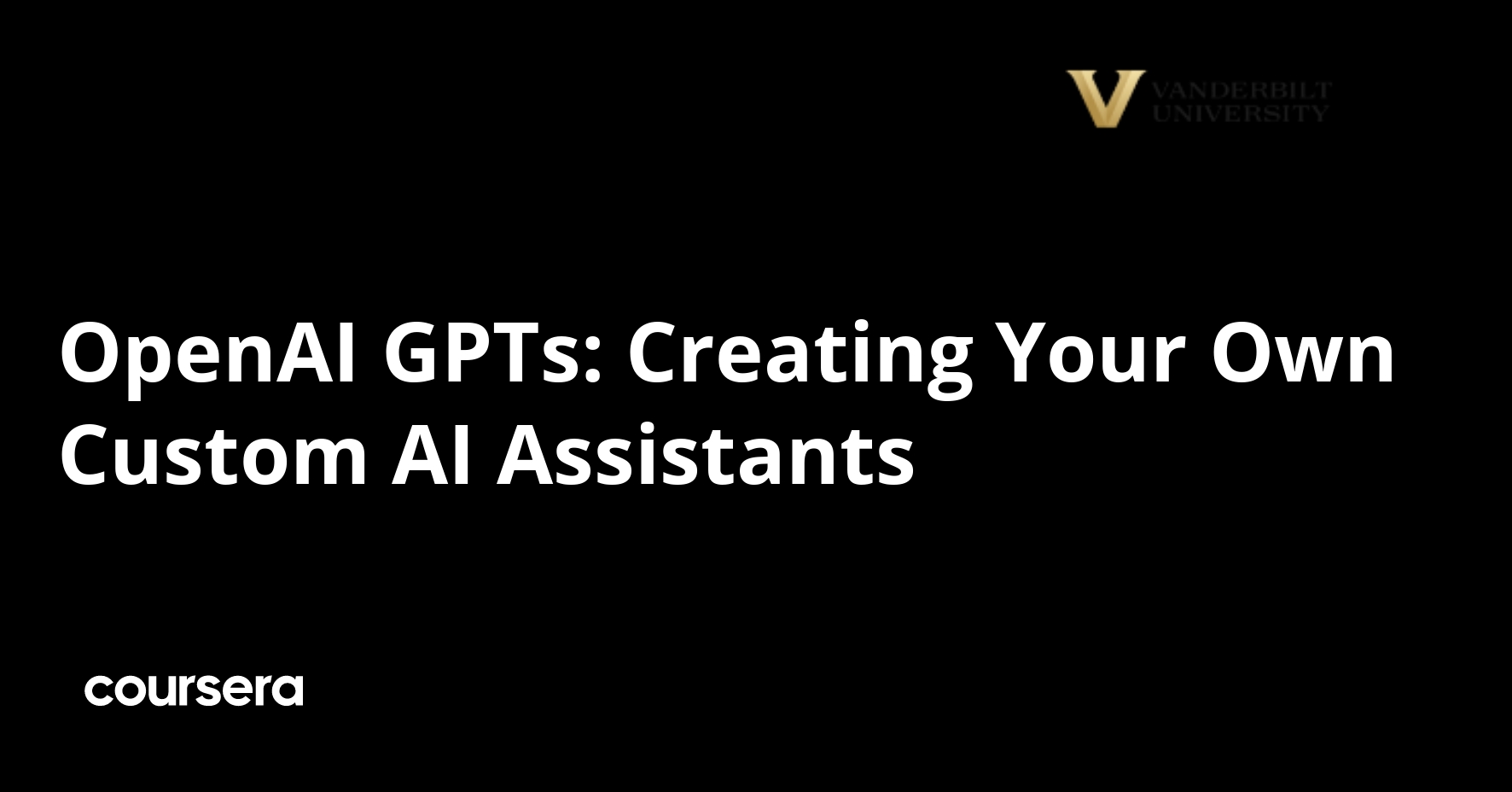“I have never let my schooling interfere with my education.” Though that line probably originated with a Canadian novelist called Grant Allen, it’s long been popularly attributed to his more colorful nineteenth-century contemporary Mark Twain. It isn’t hard to understand why it now has so much traction as a social media-ready quote, though during much of the period between Allen’s day and our own, many must have found it practically unintelligible. The industrialized world of the twentieth century attempted to make education and schooling synonymous, an ambition sufficiently wrongheaded that, by the nineteen-eighties, no less powerful a mind than Isaac Asimov was lamenting it on national television.
“In the old days you used to have tutors for children,” Asimov tells Bill Moyers in a 1988 World of Ideas interview. “But how many people could afford to hire a pedagogue? Most children went uneducated. Then we reached the point where it was absolutely necessary to educate everybody. The only way we could do it is to have one teacher for a great many students and, in order to organize the situation properly, we gave them a curriculum to teach from.” And yet “the number of teachers is far greater than the number of good teachers.” The ideal solution, personal tutors for all, would be made possible by personal computers, “each of them hooked up to enormous libraries where anyone can ask any question and be given answers.”
At the time, this wasn’t an obvious future for non-science-fiction-visionaries to imagine. “Well, what if I want to learn only about baseball?” asks a faintly skeptical Moyers. “You learn all you want about baseball,” Asimov replies, “because the more you learn about baseball the more you might grow interested in mathematics to try to figure out what they mean by those earned run averages and the batting averages and so on. You might, in the end, become more interested in math than baseball if you follow your own bent.” And indeed, similarly equipped with a personal-computer-as-tutor, “someone who is interested in mathematics may suddenly find himself very enticed by the problem of how you throw a curve ball.”
The trouble was how to get every household a computer, which was still seen by many in 1988 as an extravagant, not necessarily useful purchase. Three and a half decades later, you see a computer in the hand of nearly every man, woman, and child in the developed countries (and many developing ones as well). This is the technological reality that gave rise to Khan Academy, which offers free online education in math, sciences, literature, history, and much else besides. In the interview clip above, its founder Sal Khan remembers how, when his internet-tutoring project was first gaining momentum, it occurred to him that “maybe we’re in the right moment in history that something like this could become what Isaac Asimov envisioned.”
More recently, Khan has been promoting the educational use of a technology at the edge of even Asimov’s vision. Just days ago, he published the book Brave New Words: How AI Will Revolutionize Education (and Why That’s a Good Thing) and made a video with his teenage son demonstrating how the latest version of OpenAI’s ChatGPT — sounding, it must be said, uncannily like Scarlett Johansson in the now-prophetic-seeming Her — can act as a geometry tutor. Not that it works only, or even primarily, for kids in school: “That’s another trouble with education as we now have it,” as Asimov says. “It is for the young, and people think of education as something that they can finish.” We may be as relieved as generations past when our schooling ends, but now we have no excuse ever to finish our education.
Find a transcript of Asimov and Moyers’ conversation here.
Related content:
1,700 Free Online Courses from Top Universities
Arthur C. Clarke Predicts the Future in 1964 … And Kind of Nails It
Noam Chomsky Spells Out the Purpose of Education
The President of Northwestern University Predicts Online Learning … in 1934!
Salman Khan Returns to MIT, Gives Commencement Speech, Likens School to Hogwarts
Based in Seoul, Colin Marshall writes and broadcasts on cities, language, and culture. His projects include the Substack newsletter Books on Cities, the book The Stateless City: a Walk through 21st-Century Los Angeles and the video series The City in Cinema. Follow him on Twitter at @colinmarshall or on Facebook.



